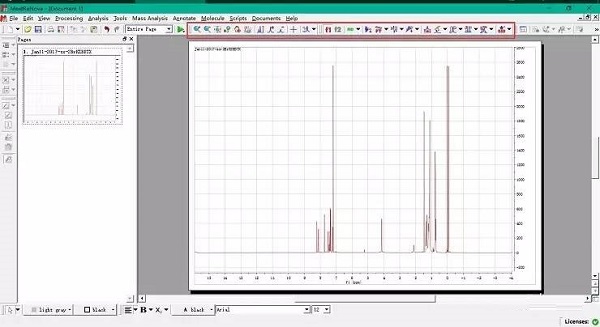
Usually, you pick the TMS-signal which is supposed to be on the far right of your spectrum. The next step is to pick a reference signal for your spectrum. Select a method (I recommend the Whittaker Smoother) and press Ok.If you want to flatten your baseline, press the Baseline Correction icon and Play around with holding the right or the left mouse button, until your baseline is flat. or, if this is not sufficient, press Manual Correction (Shortcut: Shift+P), and drag on the blue area.If the baseline and signals look all waivy, you can click on the Automatic Phase Correction icon and either or go to the top menu and select: File > Open.Is the molecular mass.Drag and drop your zip-file or folder into the Mestrenova screen The mean velocity of the molecules u is proportional to The latter is inversely proportional to the space occupied by the mixture, i.e., T/p, where T is the temperature and p, the pressure. In accordance with the kinetic theory of gases, the mean free-path length l of molecules is inversely proportional to the mean cross-sectional area of the molecule S and the number density of the molecules n in a mixture. For ideal gases, the diffusion coefficient does not depend on substance concentration. If experimental data are lacking, the diffusion coefficient can be calculated.ĭiffusion in gases.


The number density of molecules in liquid is also very much higher and their mobility is lower, which implies a much lower diffusion coefficient In solids, diffusion is still slower. As is obvious from comparing the data of Tables 1 and 2 with those of 3, the diffusion coefficients in a gaseous and a liquid phases differ by a factor of 10 4 − 10 5, which is quite reasonable considering that diffusion is the movement of individual molecules through the layer of molecules of the same substance (self-diffusion) or other substances (binary diffusion in which the molecules of two substances interdiffuse).


 0 kommentar(er)
0 kommentar(er)
